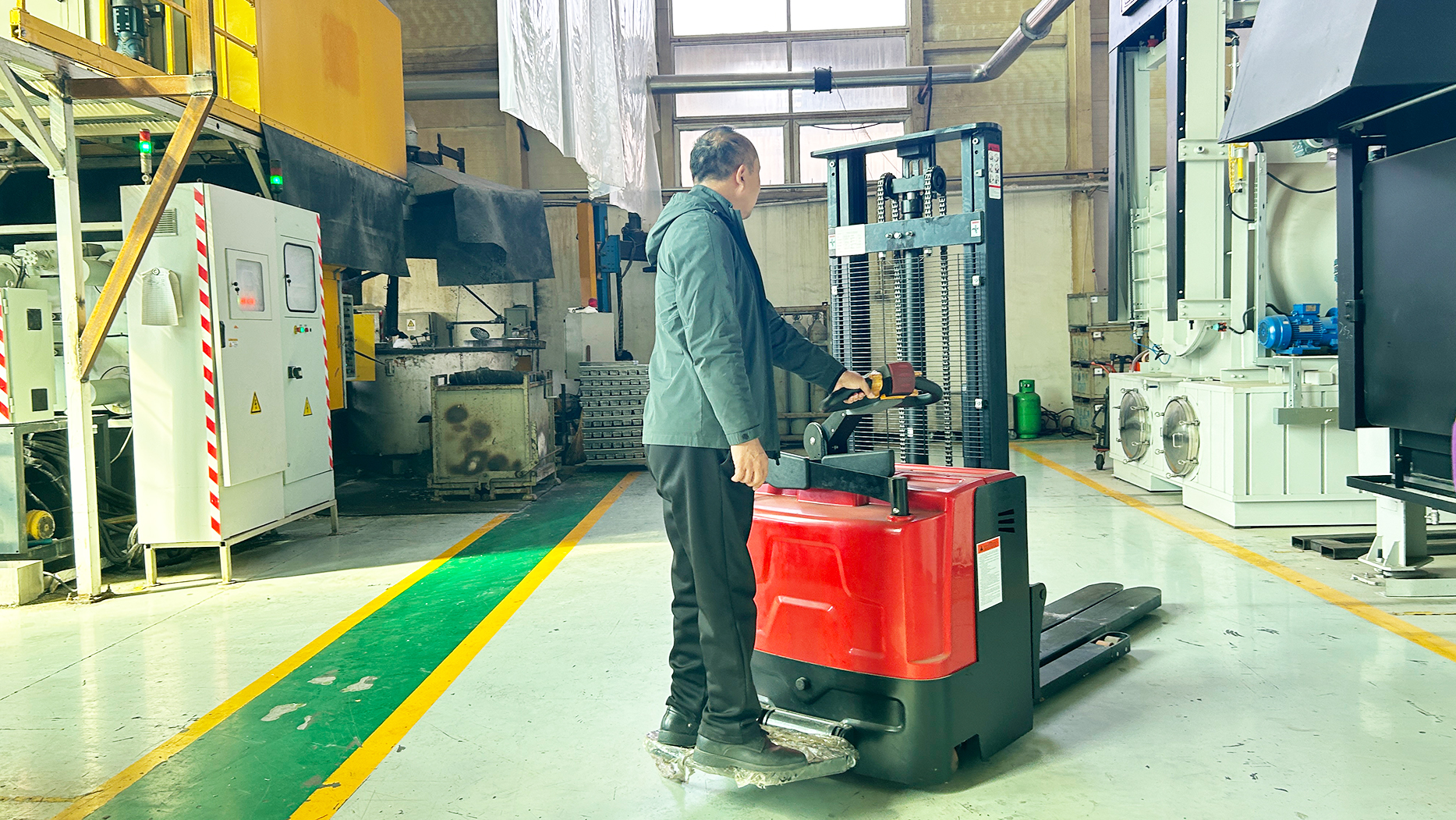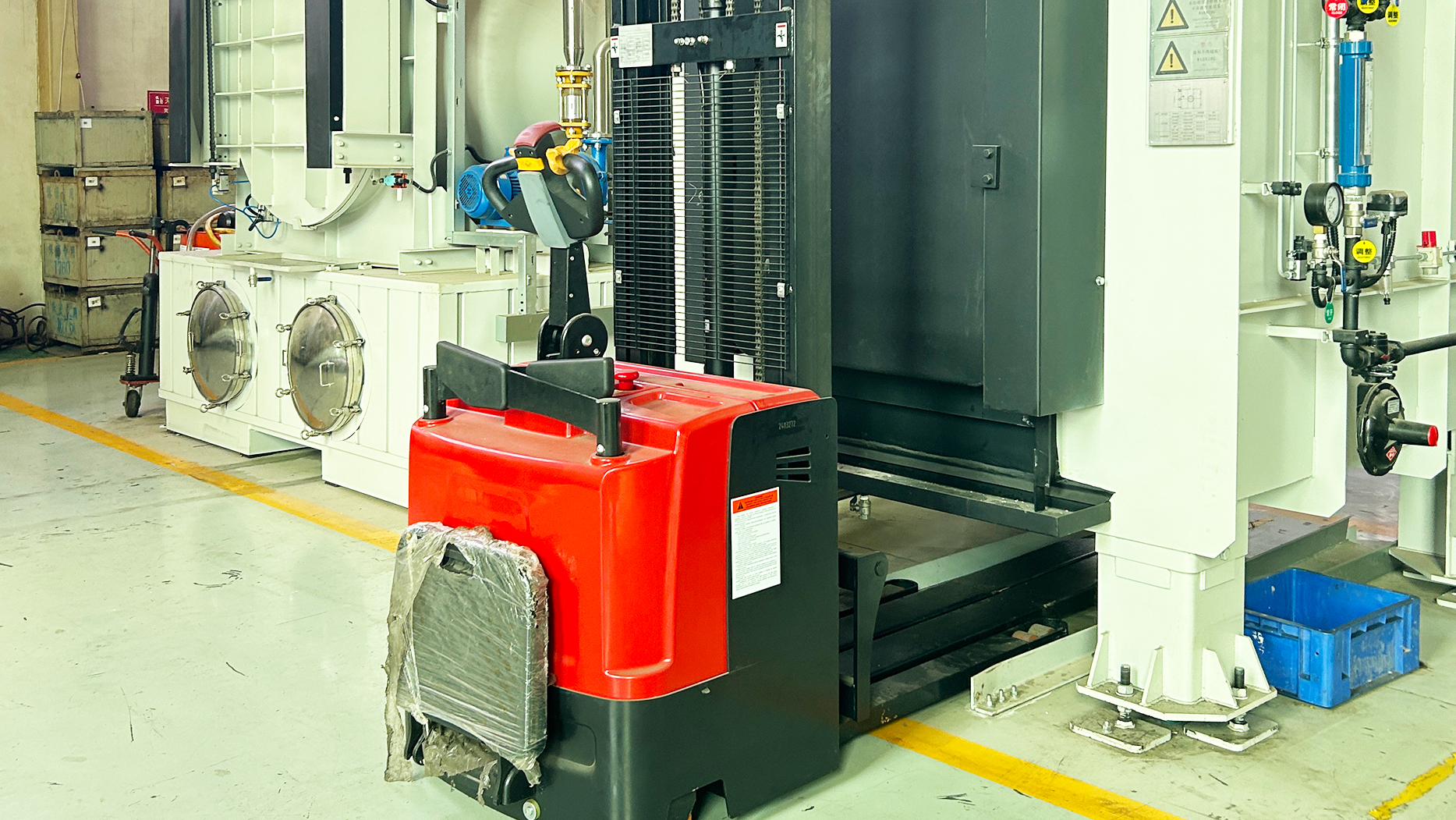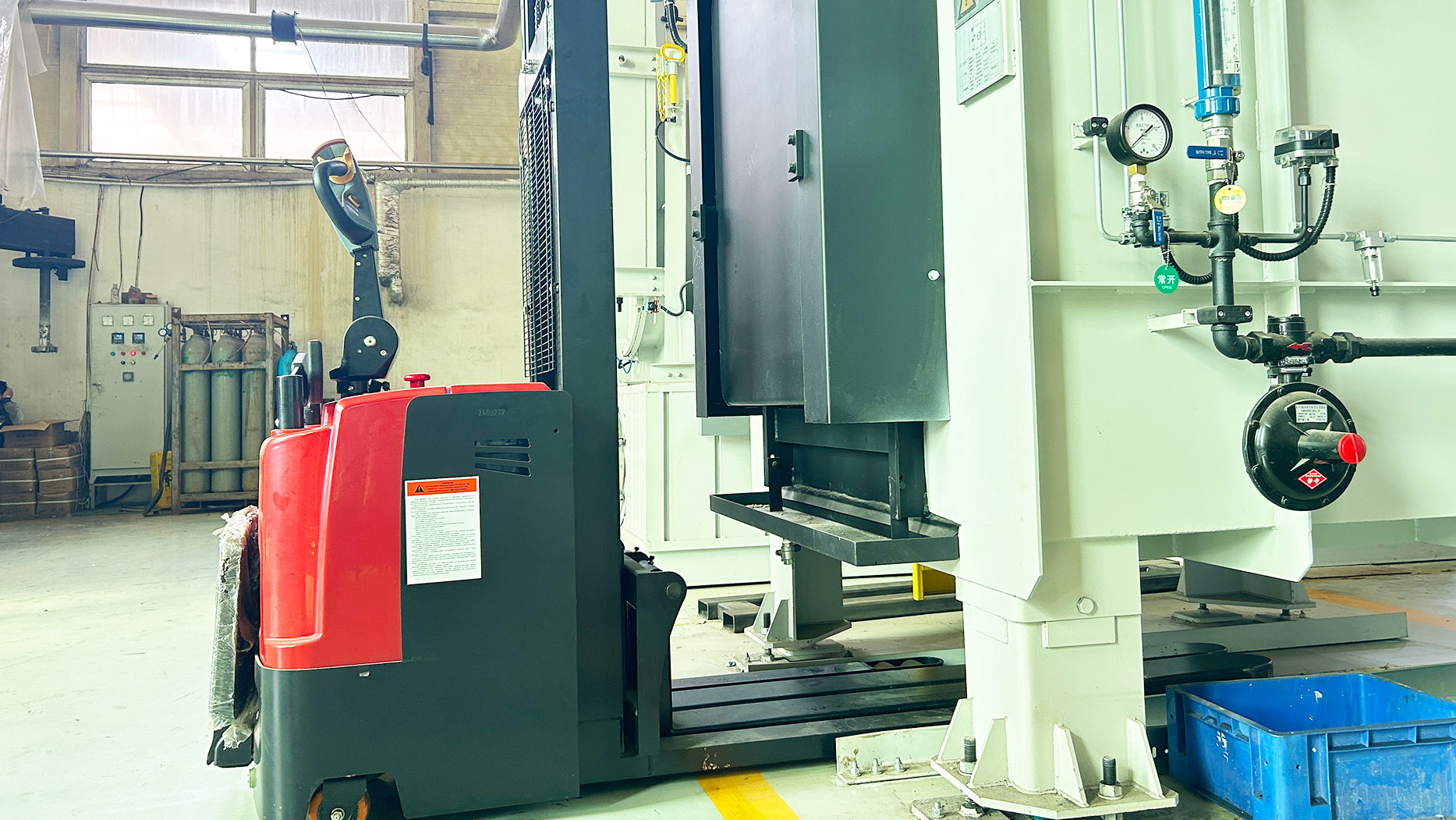I. Introduction
The term "stacker" refers to a surprisingly diverse range of tools, machines, and concepts, each revolving around the fundamental idea of arranging items or information in a vertical or layered fashion. From the heavy machinery of industrial warehouses to the abstract structures of computer code and financial strategies, stackers play a crucial role in organizing and optimizing processes across various fields. This article aims to provide a comprehensive overview of the functions and types of stackers, exploring their applications in industry, technology, finance, and even popular culture.
II. Stackers in Industrial and Logistics Settings
Stacker-Reclaimers in Bulk Material Handling:
Explanation of how stackers build stockpiles of materials (limestone, coal, etc.): Stacker-reclaimers use a long boom with a conveyor belt to continuously deposit bulk materials into large, organized piles. This process is essential for managing vast quantities of resources.
Description of how reclaimers retrieve materials from stockpiles: The same machine, operating in "reclaim" mode, uses a bucket wheel or harrow to scoop up the material and transfer it onto a conveyor belt for transport.
Applications in mining, cement production, and power plants: These machines are vital for managing raw materials in these industries, ensuring a steady supply for production processes.
Stackers in Warehouses:
Explanation of automated storage and retrieval systems (AS/RS): AS/RS systems use computer-controlled stacker cranes that move along aisles to precisely store and retrieve palletized goods in high-density storage racks.
Role of stackers in optimizing space and time efficiency: By maximizing vertical space utilization and automating the handling process, stackers significantly reduce the time and labor required for warehouse operations.
Applications in distribution centers and e-commerce fulfillment: Stackers are essential for managing the fast-moving inventory in these facilities, enabling quick order fulfillment and efficient logistics.
Types of forklift stackers (manual, semi-electric, electric): Manual stackers require physical effort to lift loads, semi-electric stackers use a motor for lifting but are pushed manually, and fully electric stackers automate both lifting and movement.
Functions and applications in handling palletized goods: Forklift stackers are used to lift, move, and stack palletized goods in warehouses, factories, and retail environments, optimizing storage and organization.
III. Stackers in Computer Technology
"Tech Stack" in Software Development:
Definition and components of a technology stack: A tech stack is the combination of technologies a developer uses to build a web or mobile application. It includes programming languages, frameworks, databases, front-end tools, and more.
Role of "stackers" (developers) in building and managing tech stacks: Developers, often called "full-stack developers," are proficient in various layers of the tech stack and are responsible for designing, building, and maintaining the entire application.
Applications in web development, mobile app development, and data science: Different stacks are used for different purposes; for example, a MEAN stack (MongoDB, Express.js, Angular, Node.js) is common for web development, while Python-based stacks are popular in data science.
Functions of data stacks in managing and processing information: In data processing, a stack is a data structure that follows the Last-In, First-Out (LIFO) principle. It's used to manage function calls, evaluate expressions, and implement algorithms.
Examples of stack-based data structures and algorithms: Common examples include the call stack in programming languages, stack machines in virtual machines, and stack-based algorithms for expression evaluation and backtracking.
IV. Stackers in Finance
"Stacking Sats" in Cryptocurrency:
Meaning and origin of the term: "Stacking sats" refers to the practice of accumulating small units of Bitcoin, called satoshis (sats), over time. The term originates from the desire to accumulate a significant amount of Bitcoin gradually.
Role of "stackers" in accumulating and holding cryptocurrency: "Stackers" are individuals who believe in the long-term value of Bitcoin and consistently buy small amounts, regardless of the current price, as a form of long-term investment.
Applications in the Bitcoin community and long-term investment strategies: This strategy is popular among those who see Bitcoin as a store of value and a hedge against inflation, and is a common strategy in the Bitcoin community.
Financial Stacks:
The various financial products that can be "stacked": This refers to combining different financial products, such as savings accounts, bonds, and equities, to achieve specific financial goals.
How these stacks can be used: These stacks are constructed to manage risk, maximize returns, or achieve other investment objectives.
V. Stackers in Culture and Slang
"Stacker" as a person who creates piles of something:
Meaning and usage of the term: In informal contexts, a "stacker" can refer to someone skilled at creating neat and organized piles of objects, such as books, boxes, or dishes.
Examples in everyday language and informal contexts: "He's a real stacker; look how neatly he arranged those shelves."
"Stacker" in Gaming Culture:
Using stacks in games: Many video games involve collecting and stacking items, such as resources, cards, or power-ups.
Communities that use the term: Online gaming communities may use "stacker" to describe a player who excels at accumulating and managing large quantities of in-game items.
VI. Technological Innovations and the Future of Stackers
Advancements in automation and robotics for industrial stackers: Modern industrial stackers are increasingly equipped with advanced sensors, computer control systems, and robotic capabilities, enabling fully automated operation and improved efficiency.
Development of more efficient and sustainable stacking technologies: Ongoing research focuses on developing energy-efficient stackers with reduced environmental impact, such as those powered by electric motors and regenerative braking systems.
Evolution of "stacks" in software development and data management: The concept of "stacks" continues to evolve in the tech world, with new frameworks and tools emerging to streamline application development and data processing, leading to more complex and powerful software architectures.
VII. Safety and Operational Considerations for Industrial Stackers
Safety protocols and regulations for operating stacker equipment: Strict safety protocols and regulations govern the operation of industrial stackers to prevent accidents and injuries, including requirements for operator training, equipment maintenance, and workplace safety measures.
Maintenance and best practices for ensuring safe and efficient operation: Regular maintenance, inspections, and adherence to manufacturer guidelines are essential for ensuring the safe and efficient operation of stackers, prolonging their lifespan and minimizing downtime.
VIII. The Impact of Stackers on Efficiency and Productivity
How stackers improve workflow and reduce labor costs in various industries: By automating or streamlining the process of moving and storing materials, stackers significantly reduce the need for manual labor, improve workflow efficiency, and lower operating costs.
Quantifiable benefits of using stackers in terms of throughput and storage capacity: Stackers can dramatically increase throughput in warehouses and distribution centers by enabling faster and more organized movement of goods. They also maximize storage capacity by utilizing vertical space more effectively.
IX. Legal and Regulatory Aspects Related to Stackers
Regulations around industrial stackers: These often involve safety standards, operator certification requirements, and periodic inspections.
Legal considerations: These may include liability in case of accidents, compliance with industry-specific regulations, and adherence to labor laws.
X. Conclusion
From heavy-duty machinery to abstract organizational concepts, the term "stacker" encompasses a wide array of tools and strategies that play a vital role in modern industry and technology. Their ability to organize, optimize, and streamline processes makes them indispensable across diverse fields.
Post time:Apr.03.2025



